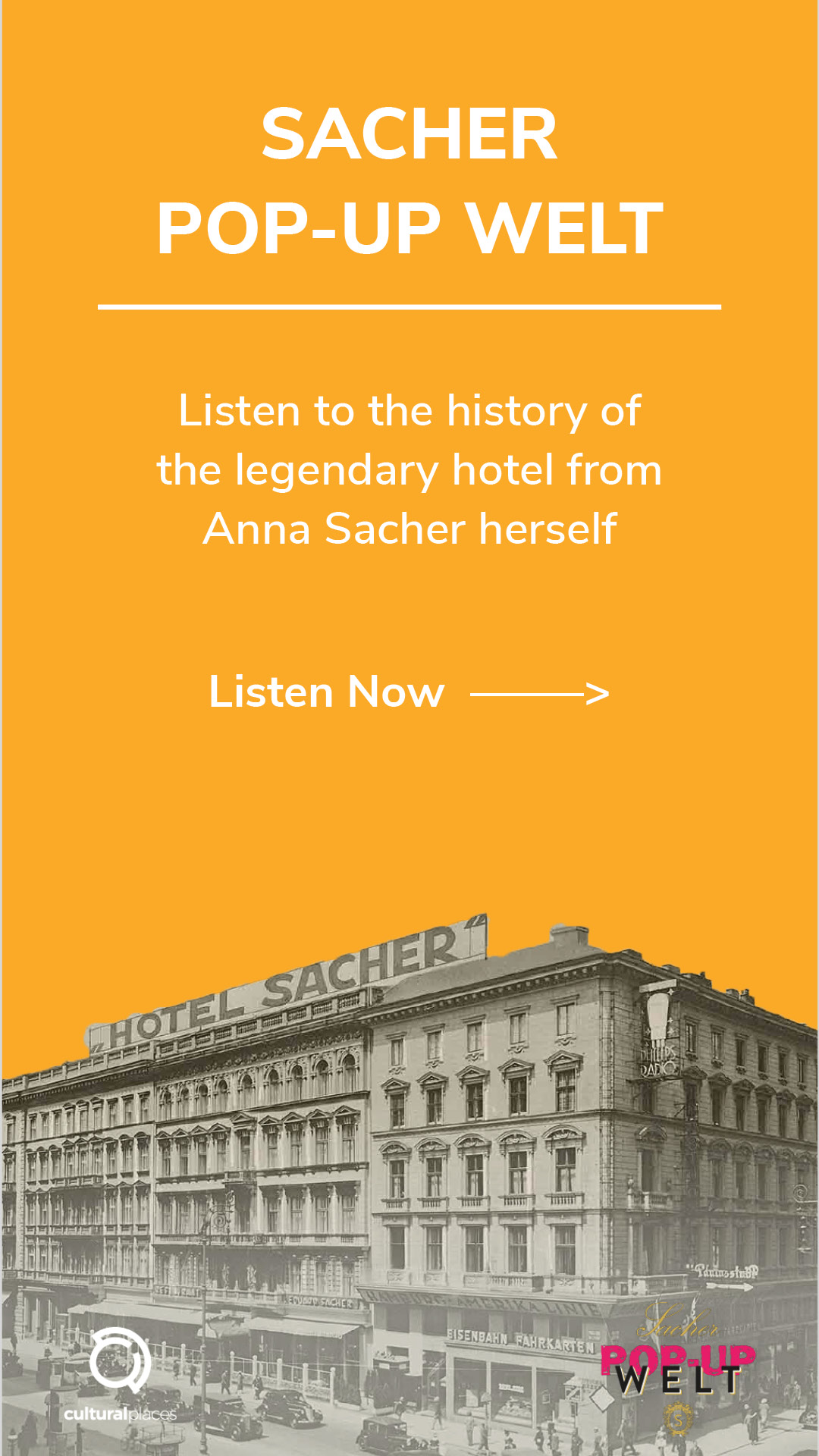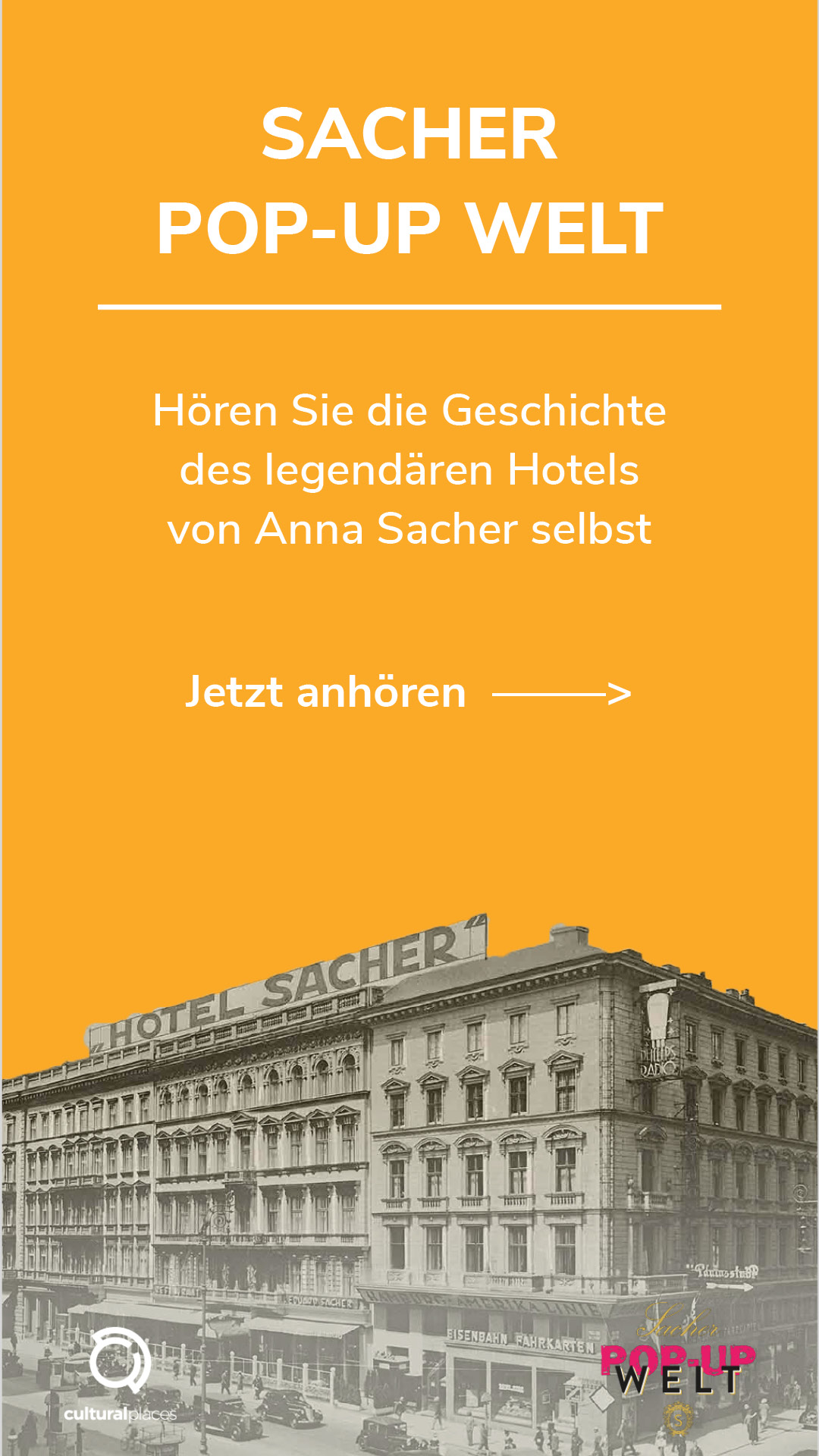7 Easter Traditions Around the World
Happy Easter! Now that it’s Good Friday, we hope you are ready for an ‘eggstraordinary’ Easter weekend if you do celebrate Easter! Although your Easter festivities are very likely going to be in a smaller circle than usual, we want to seize the chance to introduce you to some rather unusual and curious Easter traditions around the world, which you might not have heard of already. Enjoy!
The origin of Easter is the celebration of the resurrection of Jesus Christ, and it is one of the most important holidays within the Christian church. This weekend also marks the end of the traditional period of Lent prior to Easter. The tradition of celebrating Easter dates back to the second century A.D., so there has definitely been enough time to develop some interesting Easter traditions. Follow us on our little journey!
Easter Egg Hunts and Hollow Chocolate Bunnies
Easter has many symbols; however, the most popular ones are definitely the Easter Bunny and Easter eggs. The reason for this is that eggs used to be associated with spring and new life in pre-Christian societies. Early Christians actually adopted these beliefs and viewed the egg as a symbol of resurrection and the empty shell as a metaphor for Jesus’ tomb.
Today, it is very common in numerous countries to hide small Easter presents and send children on an ‘Easter egg hunt’. But where does this tradition have its roots? It is said that this custom dates back to 16th century Germany when the Protestant reformer Martin Luther organized egg hunts for his congregation. In this case, the men would hide the eggs for the women and the children to find. This tradition was a reference to the story of the resurrection, in which the empty tomb was discovered by women.
The Easter egg hunt is also closely linked to the Easter Bunny – or the Easter Hare as he was originally called. The first written reference to the Easter Hare can be found in 1682 in Georg Franck von Franckenau’s essay, ‘About Easter Eggs’. However, the link between hares, rabbits and Easter goes back even earlier in Central Europe, as hares used to be associated with fertility and the Virgin Mary.
Nowadays, not only eggs get hidden, but also small gifts and treats such as chocolate bunnies. By the way, did you ever realize that most chocolate easter bunnies are hollow inside? The reason for it is actually a pretty logical one. According to one of the oldest chocolate bunny confectionaries, R.M. Palmer, the reason is dental health. They explained that if a larger-sized bunny would be made out of solid chocolate, the texture would be like a brick, and it would be more likely that people would break their teeth while eating it.

Bermuda: Fly kites
Now that we’ve uncovered the two most popular Easter symbols, let’s dig a little deeper and look into various curious Easter traditions around the world. Our first stop is Bermuda, where the inhabitants celebrate Good Friday with their annual Good Friday Kite Festival. The flying of the kites gained traction when a local schoolteacher used a kite to demonstrate Jesus’s ascension into heaven for his students. Aw! What a nice tradition! Why not grab your kite if you have one, and go for a kite flying session with your family this Easter weekend?

Philippines: Crucifixions
Let’s go to the Philippines and talk about the, in our opinion, most macabre Eastern tradition we could find. The Philippines is known as a very Catholic country, and as such, they apparently take Easter very seriously. In the northern Philippines, some people even go as far as to get nailed to a cross in order to honor Jesus’ crucifixion. Oh wow! Although the Catholic Church has frowned upon these practices, it’s an annual tradition that usually attracts thousands of tourists.
France: Who’s got the biggest omelet?
In France on the other hand, things are not so bloodthirsty. In the southern French town of Haux, a giant omelet is served up in the town’s main square. It is actually huge; the omelet consists of more than 15,000 eggs and feeds up to 10,000 people. According to the legend, Napoleon and his troops stopped in this small town and ate omelets. Napoleon was allegedly so fond of his omelet that he ordered the townspeople to gather their eggs and make a giant omelet for his whole army the next day.

Hungary: Splish-splash
In Hungary, there is a rather cute tradition called ‘sprinkling’. On Easter Monday, boys playfully sprinkle perfume or perfumed water on girls and ask for a kiss, of course only after getting their permission to do so. Originally, they used buckets of water – imagine someone pouring a bucket of water over your head! We guess most of you wouldn’t be too amused about that, so it’s good they’ve changed this tradition to only using perfume. The reason behind it is that people used to believe that water had cleansing and healing as well as fertility-inducing effects.
Greece: Pot throwing
In Greece, people also like to toss stuff around for Easter, but in this case, it’s not water. On the Greek island of Corfu, the traditional ‘pot throwing’ takes place on the morning of Holy Saturday. People throw pots, pans, and other dishware filled with water out of their windows, smashing them on the street. Where this custom derives from is not entirely known. Legend has it that the throwing of the pots welcomes spring, symbolizing the new crop that is supposed to be gathered in the new pots.

Austria: Eating green food on Gründonnerstag
If you live in Austria, chances are high you might have had some green food such as spinach yesterday on Holy Thursday, which is called ‘Gründonnerstag’ (literally translating to ‘Green Thursday’ in German). Although some might believe that you eat green food simply because the name of the day suggests it, it’s wrong. Actually, the ‘grün” in Gründonnerstag doesn’t refer to the color green, but to the middle-high German term ‘greinen’, which translates to mourning. So people were actually mourning the death of Jesus and were not explicitly naming the holiday after a color. Over time, the word has evolved to become ‘green’ in Gründonnerstag due to its acoustic resemblance, and so this habit of eating green food developed.
We hope you could learn something new today about Easter and its various traditions and festivities all around the globe. Enjoy your Easter weekend, stay safe, and stay tuned for next week’s blog post, where our Microadventures Austria series will continue!

Featured image: @ sofiesfarmor







Thank you for sharing this post !
I Really Love The Recipe Of Easter Egg Hunts And Hollow Chocolate Bunnies.